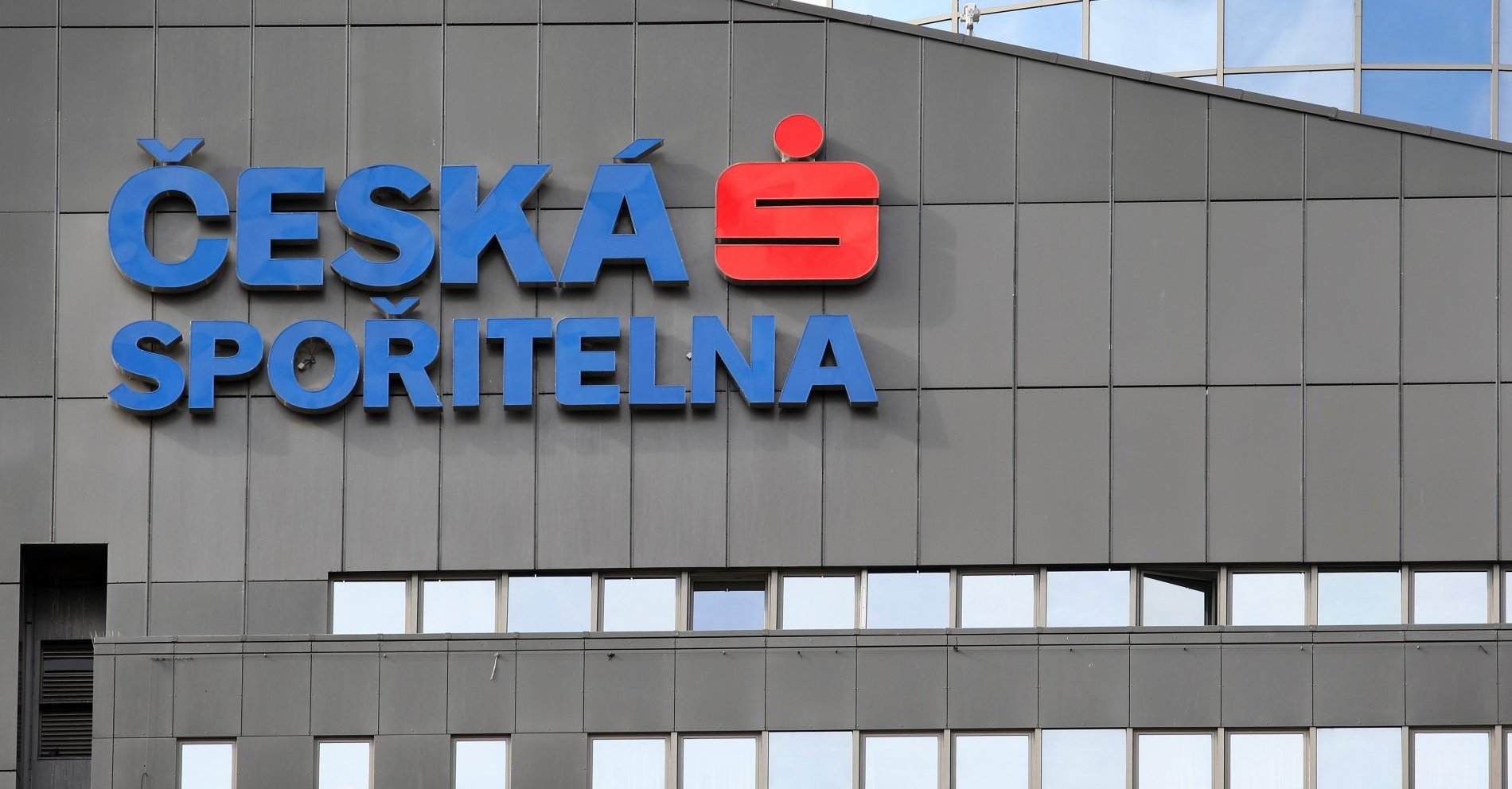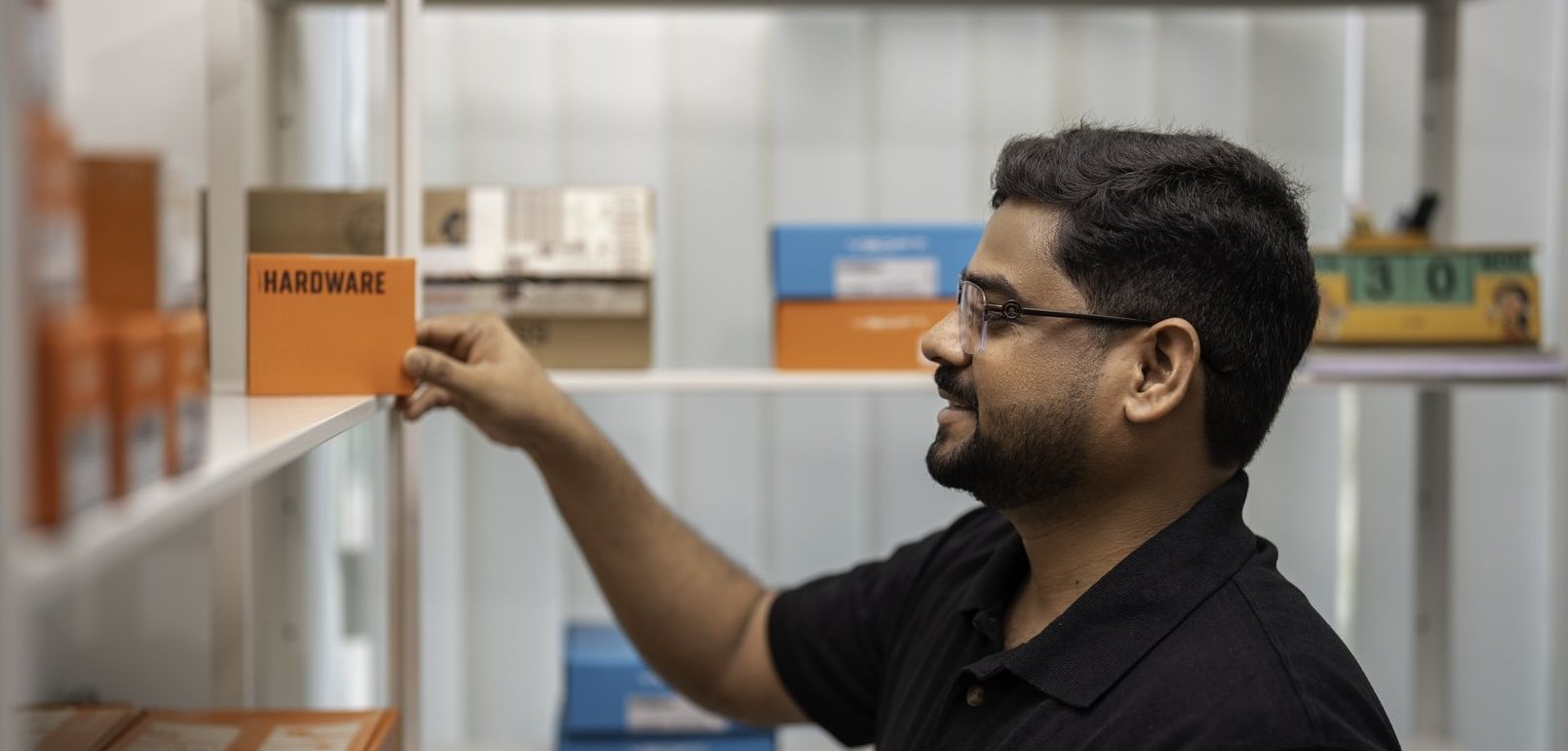The Future of Print Security: 8 Cyber Security Trends for 2025-2030
Recent trends in cyber security suggest that crypto crime and ransomware attacks are the fastest-growing incidents today. These alone will cost the global economy $265 billion per year by 2031. For...
Read more













.jpg?width=352&name=My%20project-1%20(1).jpg)





























